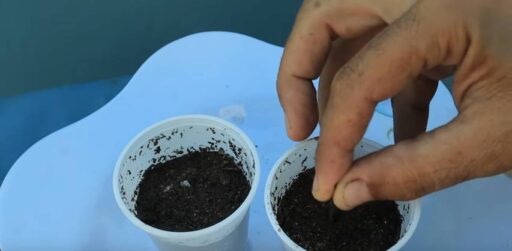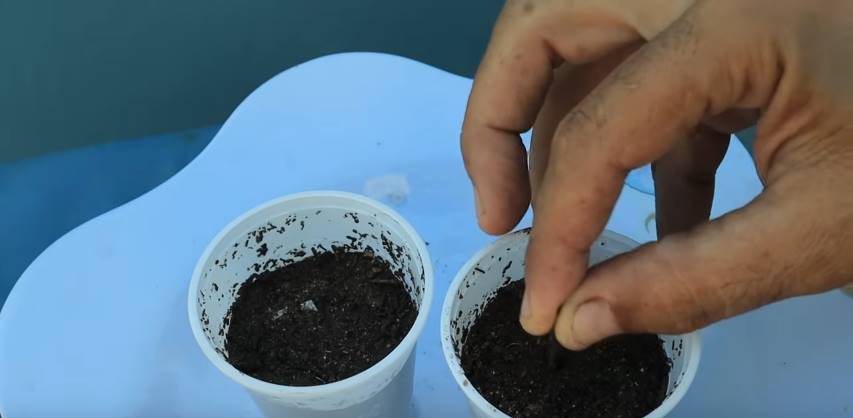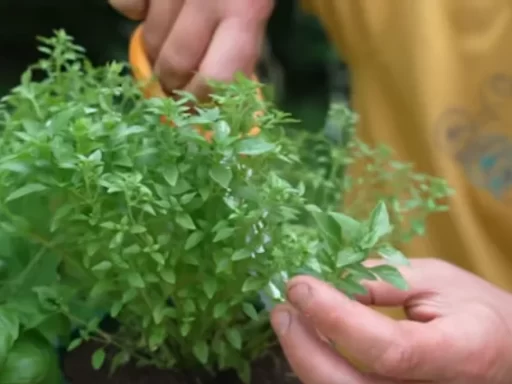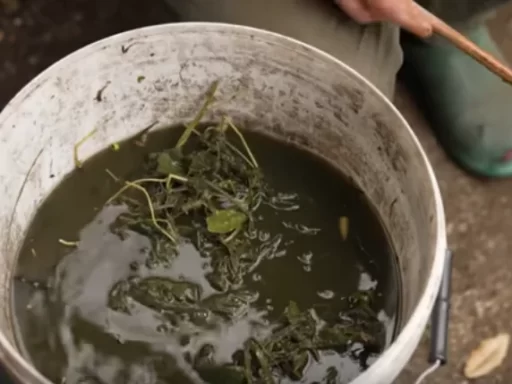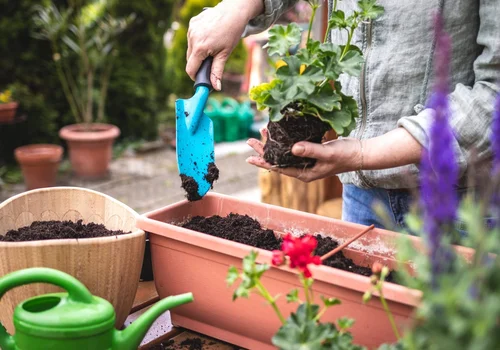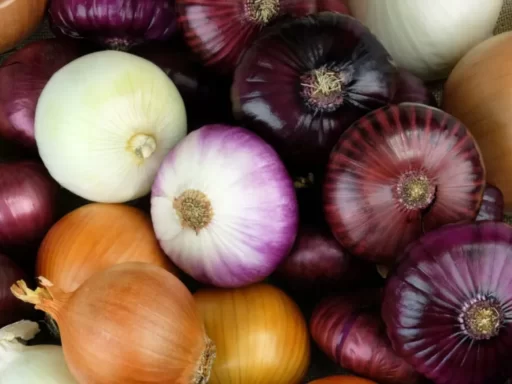Saving seeds from your own garden is a rewarding and cost-effective way to ensure that you have a sustainable and self-sufficient gardening experience. This guide will walk you through the steps needed to harvest and store seeds from some of the most common vegetables, such as peas, beans, peppers, tomatoes, squash, and more. Learning how to properly save seeds can also contribute to a successful garden in the following seasons by giving you control over the quality and variety of plants you grow.
Why Save Seeds?
One of the biggest benefits of saving seeds is that it helps cut down on costs while maintaining control over what you plant. You’re also contributing to the self-sufficiency of your garden, allowing you to cultivate your favorite varieties year after year. Plus, saving seeds from well-adapted plants can lead to stronger and healthier crops as these plants become more accustomed to your specific growing conditions.
Harvesting Seeds from Peas and Beans
When to Harvest
Beans and peas are some of the easiest seeds to save because you can actually see the seeds developing inside the pods. When the pods turn straw-brown and feel crisp to the touch, the seeds are ready to be harvested. Wait until the end of the growing season to allow the pods to ripen fully.
How to Harvest
Carefully pick the pods and inspect each one. Discard any pods that look diseased or underdeveloped. Once you’ve gathered the healthiest seeds, continue drying them by spreading them out on a piece of newspaper on a warm windowsill for about 1–2 weeks.
Saving Seeds from Peppers
Harvesting Pepper Seeds
Peppers, both sweet and chili, are simple to harvest seeds from since the seeds are ready when the peppers themselves are ripe. Open the peppers, remove the seeds, and spread them out on a paper towel or plate to dry. It’s important to remember that different varieties of peppers can cross-pollinate, so if you’re growing multiple varieties close together, you might get unpredictable results.
Drying and Storing Pepper Seeds
Once dried, the seeds should feel loose and “rattly.” Store them in a paper envelope, labeled with the variety and the harvest date. For chili peppers, drying the entire pepper first and then extracting the seeds can be more efficient, especially for smaller or thinner varieties. You can also use the dried flesh of the peppers to make chili powder.
Saving Tomato Seeds
Fermentation Process
Tomatoes are another easy vegetable to save seeds from. Since tomatoes self-pollinate, their seeds will often produce plants true to type. To ensure high-quality seeds, harvest the tomatoes at peak ripeness. However, tomato seeds have a gelatinous coating that inhibits germination and can harbor diseases, so it’s best to ferment the seeds to remove this layer.
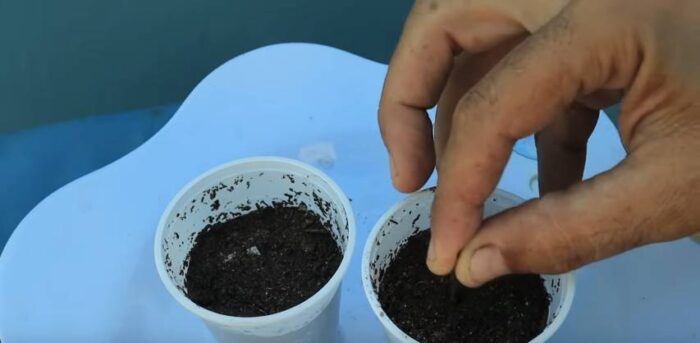
To ferment, scoop the seeds and pulp into a glass of water and let it sit in a warm spot for 4–7 days. Stir the mixture occasionally. Once the seeds have settled to the bottom and the pulp has separated, pour off the liquid and clean the seeds. Spread them out to dry, then store them in labeled envelopes.
Harvesting Squash and Pumpkin Seeds
Isolating Squash Flowers for Pure Seeds
Squash and pumpkins can cross-pollinate easily, so isolating the flowers is key if you want pure seeds. Identify the female flowers (with a small fruit behind them) and cover them with a cloth bag before they open to prevent pollination by bees. When the flower is ready, hand-pollinate it with a male flower, then cover it again until the fruit begins to develop.
Harvesting and Drying Seeds
Once the squash or pumpkin is harvested, let it sit for about three weeks to allow the seeds to fully mature inside. Then, scoop out the seeds, clean them, and dry them as you would with other seeds.
Saving Seeds from Biennial Vegetables
What Are Biennials?
Biennial vegetables like carrots, beets, leeks, and onions take two growing seasons to produce seeds. These vegetables need to overwinter before they flower and set seed in their second year. If your winters are cold, mulch around these plants to protect them.
Harvesting Allium Seeds
For alliums like leeks and onions, flowers cross-pollinate between blooms, so you’ll need to overwinter several plants to ensure a good mix of genetic material. Once the flowers have dried, shake them out to release the seeds and store them properly.
Storing Your Seeds
Proper Seed Storage
To ensure your seeds last until next season, store them in paper envelopes labeled with the variety and harvest date. Paper allows the seeds to breathe, which is important because seeds are living organisms. Keep the envelopes in a sealed glass or metal container along with packets of silica gel to absorb moisture. This will maintain a dry environment, which is critical for preserving the seeds.
The Best Storage Environment
Seeds should be kept in a cool, dark, and dry place. A refrigerator or freezer is ideal for long-term storage, as it helps maintain a steady, low temperature. Avoid storing seeds in areas where the temperature fluctuates, as this can affect their viability. Properly stored seeds can last for multiple seasons, allowing you to grow the same crops for years to come.
Frequently Asked Questions (FAQs)
1. How long can I store seeds before they lose viability?
Stored properly, seeds can last for at least one growing season, and often several more. For longer viability, store seeds in a refrigerator or freezer.
2. Can I save seeds from hybrid plants?
It’s best not to save seeds from hybrids. Hybrid seeds are produced by crossing two different parent plants, and the seeds may not produce plants identical to the ones you grew.
3. How do I know when my seeds are fully dried?
Seeds are ready for storage when they feel dry and brittle to the touch. Beans and pepper seeds should rattle inside their pods or envelopes when fully dried.
4. Do all vegetables produce seeds in their first year?
No, some vegetables like carrots, beets, and leeks are biennials and will only produce seeds in their second growing season.
5. Can I store my seeds in plastic containers?
It’s better to store seeds in glass or metal containers. Plastic containers can trap moisture, which can reduce seed viability.
6. How do I prevent cross-pollination when saving seeds?
For plants like peppers and squash, which easily cross-pollinate, you can either grow only one variety or isolate the flowers before pollination to prevent unwanted crossing.
7. Do I need to ferment tomato seeds to save them?
Fermenting tomato seeds is not absolutely necessary, but it does help improve germination rates and removes the gel that can harbor diseases.

